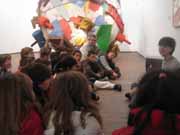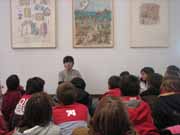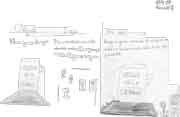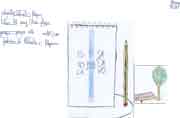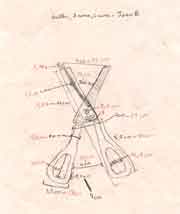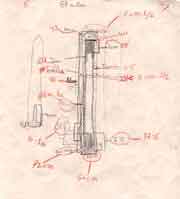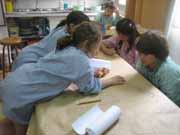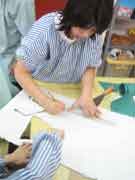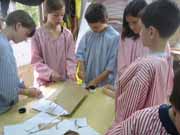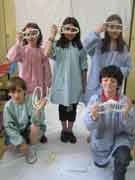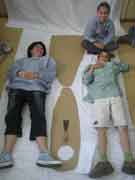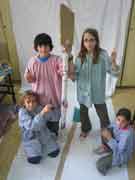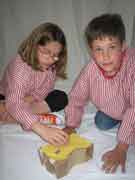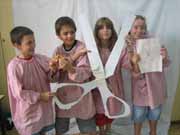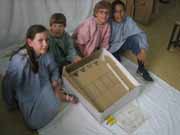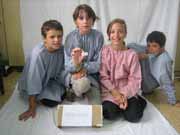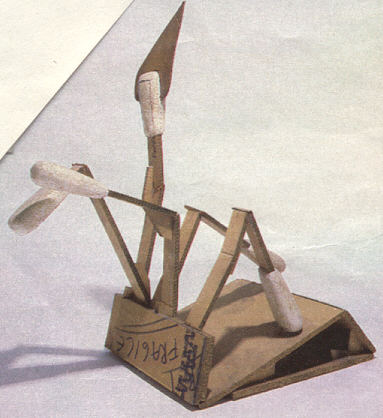Barcelona
Age:
9-10 years
Lesson 1: Trip to the exhibition “Sculpture, maybe” at the Fundació Joan Miró, Barcelona
Aims:
- To learn about the
work of Claes Oldenburg and Coosje van Bruggen
- To create an interdisciplinary project between art and mathematics
- To make the pupils aware of the concepts of proportion and scale
Main
part :
A guided
tour of the exhibition, including different models and some final works
of the artists. The importance of the creative process and the specific
situation of the different sculptures is highlighted.
Round
up :
On
returning to school, as a homework task, the pupils are asked to think
of a model for a sculpture. They are asked to think of an object that
inspires a sculpture, where they would put it and they have to explain
why they have chosen the objects they propose.
Observations:
The emphasis
has been on creativity during this first lesson.
The pupils are asked to reflect on the difference between urban sculpture
and large objects used as publicity stunts.
Lesson 2: Choosing tools from the art class to produce on large scale
Aims:
- To concentrate on the shapes of different objects.
- To work on the concepts of proportion and scale.
Materials:
Sheets of paper, pencils, red pencils,
rulers.
Vocabulary:
Proportion, scale, model.
Introduction:
The
art teacher asks the pupils to choose objects from the art class which
they will reproduce on large scale maintaining the proportion. All together
they deduce how these objects will grow by thinking about the differences
between the standard paper sheet sizes DIN A5, DIN A4 i DIN A3.
They arrive at the conclusion that to know the size of our reproduction
you have to multiply each measurement by the same number. The class decided
on 8, so each object will be made 8 sizes bigger.
Main
part:
Each
group, made up of 4 o 5 pupils, choose which object they wish to reproduce
on large scale. Having chosen their object they calculate approximately
its size. Some groups have to choose different objects as the final size
would be too big for them to make.
Each group draws their object on paper and writes down all the measurements.
On another piece of paper they calculate the measurements of the object
multiplied by 8 and write down these measurements in red on the drawing.
Round
up :
Each
group explains to the rest of the class how their work has developed,
the difficulties they have encountered, and how they mean to continue
in the following session.
Observations:
The
pupils have gained new knowledge of art and mathematics and have also
learned more about working in groups.
Lesson 3: Building the model
Aims:
- To build the model using the measurements previously calculated.
- To use the information from the object to create the model.
Materials:
Wrapping paper, cardboard, masking
tape, measuring tapes, rulers and scissors.
Introduction:
Each group begins to build their model as they understand what they
have to do.
Main
part:
They
begin by creating the models in wrapping paper to see the amount of
cardboard they will need, this way it is easier to correct any errors
they may find. Once the model is made in paper, they begin to make it
in cardboard.
